In the wake of COVID-19, Make Architect’s initiative to encourage innovative architectural solutions for combating loneliness is needed now more than ever.

April 6th, 2020
With the Covid virus effectively trapping most of us in our own homes there’s never been a better time to consider how we can tackle urban loneliness. For one Sydney-based studio, Make Architects, this challenge has become a serious focus.
Research has shown that one in four Australian adults feel lonely and nearly 55% of our population feel they lack companionship at least sometimes. It’s safe to say that we have all been in a position in our lives in which we have felt lonely but for Australian’s who feel this ‘frequently’ or ‘always’ it can have a significant impact on their mental and physical health. A national survey has also revealed that the significant number of the people that fall into this ‘frequently’ and ‘always’ category are young Australians living in inner metropolitan areas.
Make Architects recently challenged Sydney university students to produce design proposals to help combat loneliness and improve social connections in cities. Eight teams from the architecture schools of in Universities in Sydney took part. NSW Government Architect Abbie Galvin, writer Elizabeth Farrelly, Lendlease’s Natalie Slessor and Make’s Sydney Studio Lead Simon Lincoln assessed each proposal.
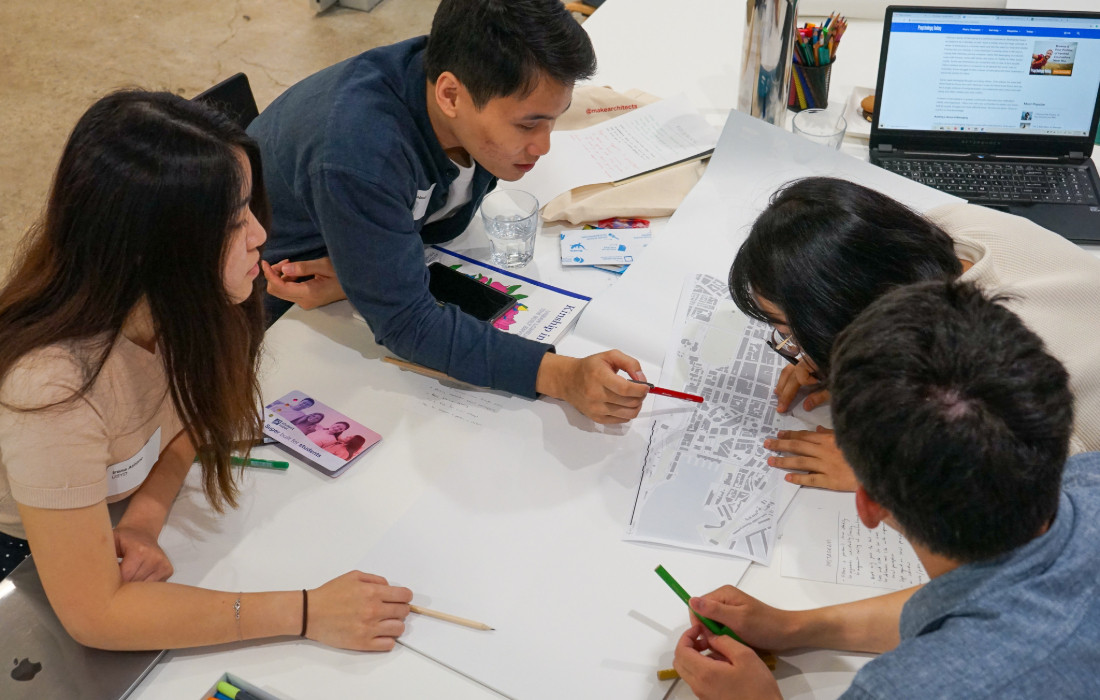
The winning team from the University of Sydney impressed the judges with their entry, ‘InTransit’. It proposed moving away from Sydney’s car-centric transport model and towards a fusion of transport and architecture that provides unexpected communal spaces in public transport hubs.
Team member Simone Carmody explains “Refurbished tram carriages supporting different programs like cafes, gardens, co-working spaces seek to facilitate social interaction and encourage the commuter to engage in the built environment rather than their screens. While not in use, these carriages assemble, opening their doors in a “hub” that blends with the city to create a new urban space open to all.”
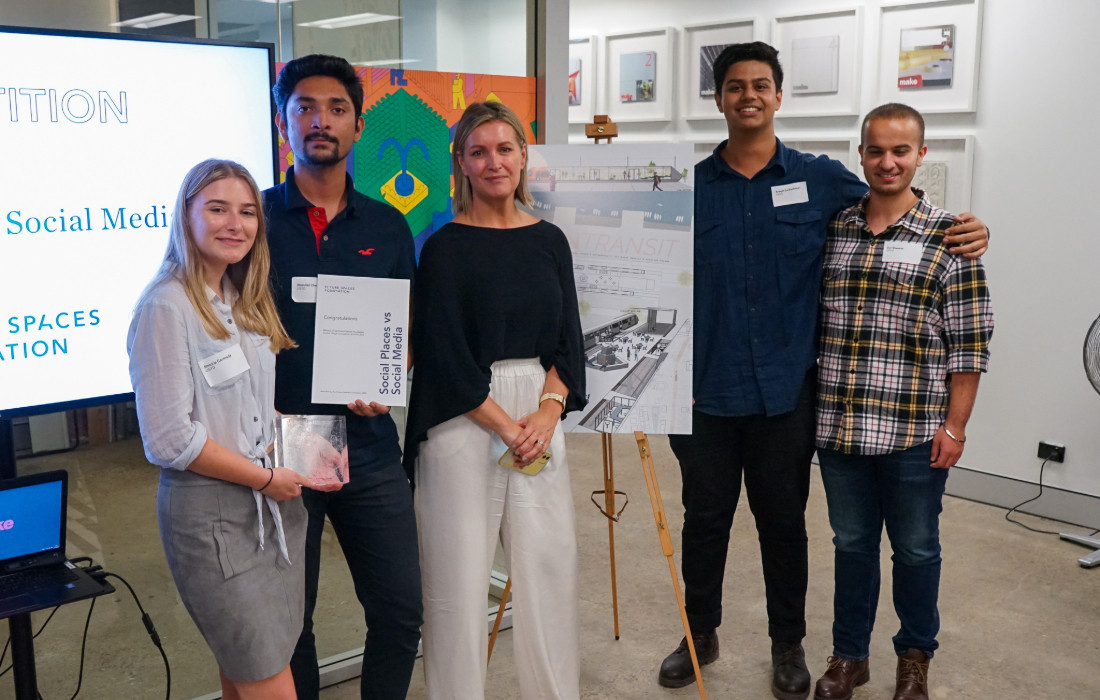
An idea that, while not practical during a nation wide lockdown is something that could help us reconnect in a post COVID world.
The winning team, including students Abdullah Cheema, Guribadat Boparai, Sreejit Sarbadhikari and Simone Carmody, were awarded a $2,000 prize and their proposal will be in an official Foundation compendium.
In the wake of the COVID-19 pandemic, Make’s Sydney Studio Lead Simon Lincoln is calling on all architects and designers to think more deeply about the design of our buildings and public places, and their power to unify communities. “Whilst the need for social distancing during the COVID-19 crisis is abundantly clear, it also brings into sharp focus how much we crave connection as individuals and collectively,” Lincoln says.
“There are lessons to be learned from this crisis, including the understanding that with the right technology and design tools, social isolation does not have to result in loneliness,” Lincoln stated. “When designing our future cities, as architects we have a responsibility to prioritise designs that bring citizens and communities closer together. Eradicating loneliness is a lofty ambition but, for the long-term wellbeing of society, it is an essential aspiration.”
Photography courtesy of Make Architects
If you liked this article, we think you’d enjoy an article Coronavirus causes Australia’s home-improvement frenzy.
INDESIGN is on instagram
Follow @indesignlive
A searchable and comprehensive guide for specifying leading products and their suppliers
Keep up to date with the latest and greatest from our industry BFF's!
The new range features slabs with warm, earthy palettes that lend a sense of organic luxury to every space.

The undeniable thread connecting Herman Miller and Knoll’s design legacies across the decades now finds its profound physical embodiment at MillerKnoll’s new Design Yard Archives.
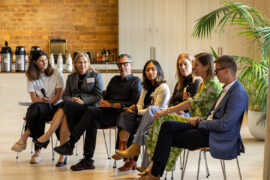
In this comment piece by Dr Matthias Irger – Head of Sustainability at COX Architecture – he argues for an approach to design that prioritises retrofitting, renovation and reuse.

Developed by an all-First Nations curatorial and creative team, the Australia Pavilion at the Venice Architecture Biennale has officially opened.
The internet never sleeps! Here's the stuff you might have missed

With experience across fashion, styling and interiors, Nicholas Gilbert launches Studio Nicholas with a mission to elevate Australian design on the world stage — and to champion a more rigorous, professional future for the industry.
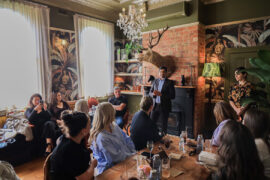
Guests joined Cosentino for a behind-the-scenes look at The Block homes, discovering new materials and creative partnerships.
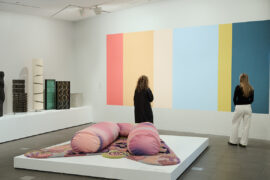
At the NGV’s Making Good: Redesigning the Everyday, design becomes a force for repair. From algae-based vinyl to mycelium earplugs, the exhibition proves that rethinking the ordinary can reshape our collective future.